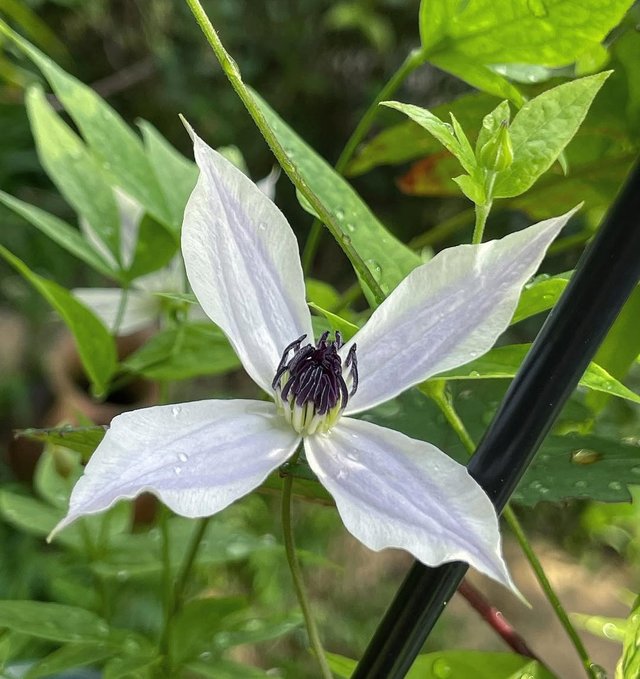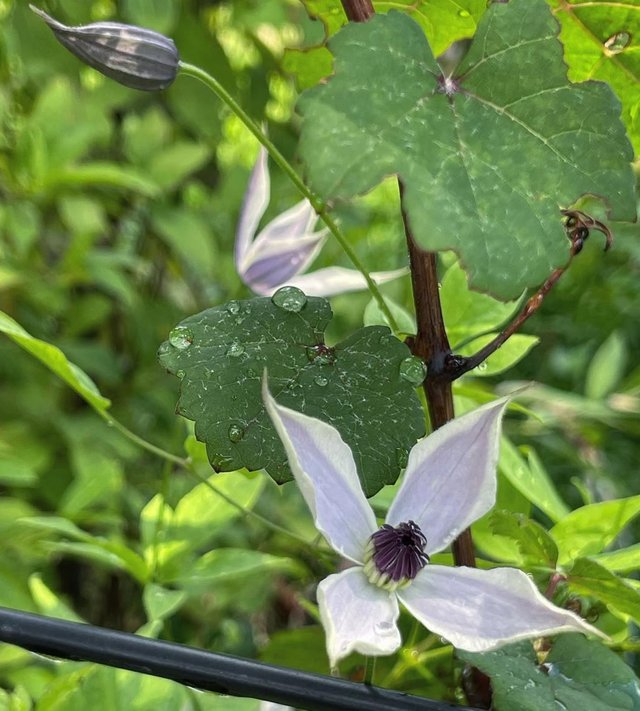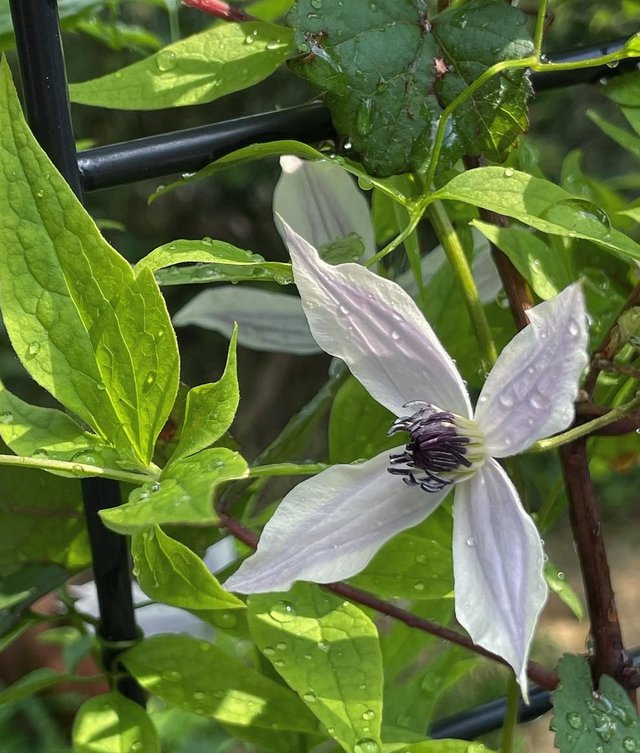Amazing Colour Clematis Occidentalis Flower
Clematis occidentalis, commonly known as the Western Blue Virgin’s Bower, is a delicate yet striking flowering vine native to North America. It belongs to the buttercup family, a plant family well-known for its diversity of ornamental flowering species. With its graceful habit, vibrant blooms, and ecological significance, this plant has long captured the admiration of both botanists and garden enthusiasts.
Botanical Characteristics
Clematis occidentalis is a perennial, climbing vine that typically reaches lengths of 1.5 to 3 meters. Unlike many robust climbing species of clematis, it is relatively modest in size, making it suitable for naturalistic gardens or woodland settings. The stems are slender and twining, using their petioles to grasp onto surrounding vegetation for support.
The leaves are generally compound, consisting of three ovate to lance-shaped leaflets with pointed tips and slightly toothed margins. Their lush green color provides an attractive backdrop to the plant’s flowers, which are undoubtedly its most distinctive feature.
Flowers The blossoms of Clematis occidentalis are nodding, bell-shaped flowers that typically appear in spring and early summer, from May through June. Each flower has four petal-like sepals in shades of deep lavender, blue, or purple, often with a satiny texture. Unlike showy hybrid clematis varieties, the flowers are more subtle, exuding a charm rooted in simplicity and natural elegance.
At the center, a cluster of pale yellow to cream-colored stamens adds contrast, enhancing the flower’s visual appeal. After blooming, the plant produces feathery, silvery seed heads that persist through summer and fall, providing continued ornamental interest and serving as a food source for wildlife.




%20(9).jpeg)